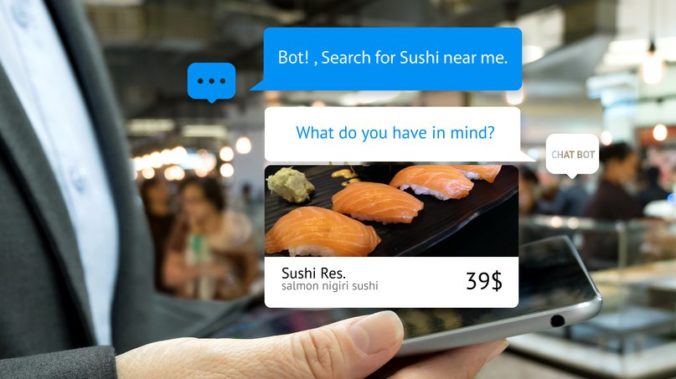In 2019 much of the news we consume comes from online sources. But an analysis of online traffic shows that 66% of tweeted linkscome from bots and over 190 million bots exist on the three main social media platforms– Facebook, Twitter, and Instagram combined. What does this mean for our digital world?
What is a bot?
Bots are not physical robots but online entities that ping traffic around social media sites. They are known for spreading fake news and have a huge impact on the digital economy.
Bots are code programmed to execute specific, repetitive online tasks. For example, CNN has a @BreakingNewsBot to tweet every time a breaking news story is posted.
Sure, CNN can assign this task to one of their reporters, but that would give them less time to interview stakeholders and write stories. Plus, these social media bots can teach themselves, by identifying user’s posting patterns and learning to imitate human interaction online.
This can seem pretty strange and scary, but in that CNN example you can see how some bot usage is relatively harmless.
So should you be worried about bots – are they bad?
Bots aren’t bad or good on their own. It depends who is programming their digital tasks and what their intentions are.“Bad bots” are often programmed to generate fake website engagement.
Last November the US Justice Department released indictments that accused eight people of stealing $36 million from third party advertisers. These fraudsters infected over a million computers with a malware bot that remotely directed traffic to fake sites– sites created solely for bot traffic.
The digital economy relies on consumer data. This data lets advertisers know if readers are interested or incited by their products, in other words, if their ads are working. However, malicious programmers realized they could make bots that mimic human interaction with different websites and trick advertisers into paying for this fake human traffic.
Pew Research found 73% of links to commercial products are shared by bots. So marketers and advertisers also seek to heighten brand recognition and online presence through bots.
How do bots fuel fake news?
Bots are linked to fake news because bots are notorious for posting links. They scour news sites for content but grab unsubstantiated stories from both sides of the ideological divide.
Then it’s the consumers of these online platforms, like us, who are harmed by these unvetted sources. Even if you read online articles critically, it’s hard to confirm which sources to trust.
Click-farms are underpaid people or bots that artificially boost a site’s interactions to amp up YouTube views or article shares. All this fake engagement can make sites and articles seem more reliable than they actually are. Also on social media sites you can purchase bot followers that make accounts seem more credible.
